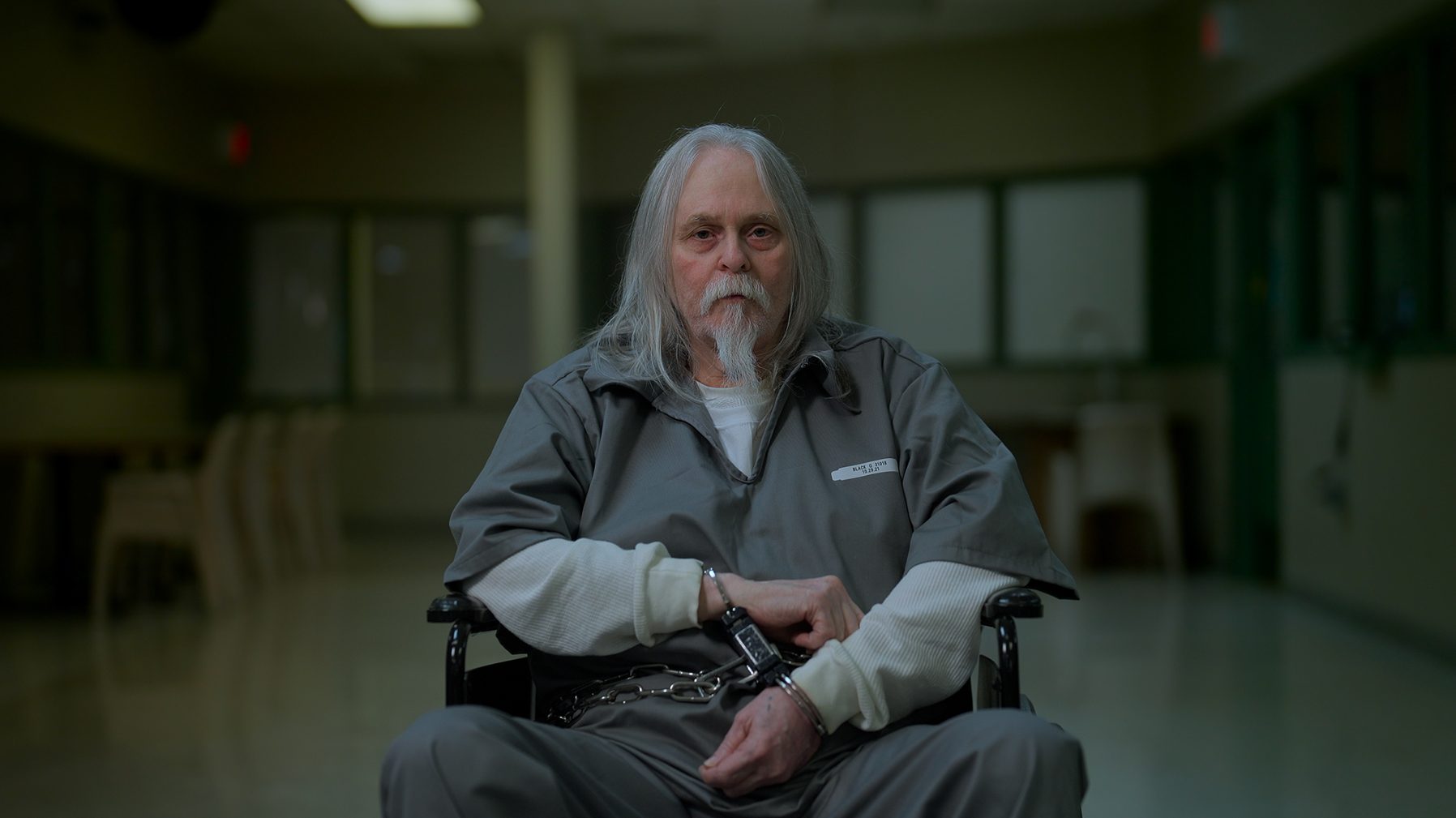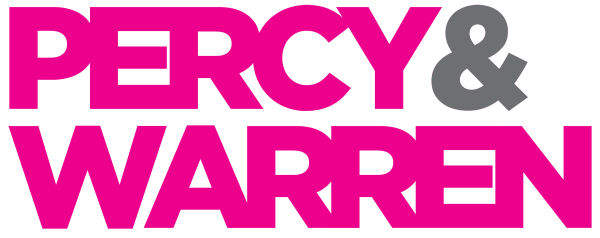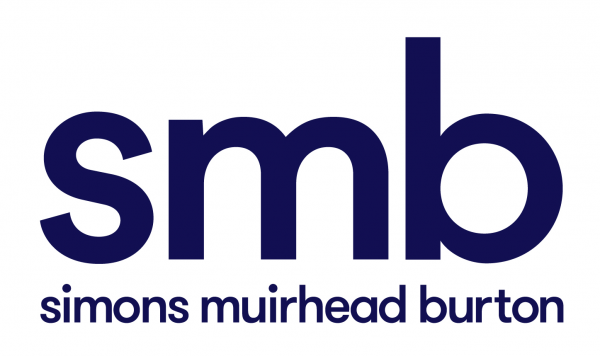Finishing Artist Steve Alexander takes us behind the edit, grade and HDR delivery of the show where killers are interviewed behind bars.

Unlike other true-crime hits, Netflix’s I Am a Killer is not focused on clues or whodunits. Instead, audiences will be brought face-to-face with the killers themselves through a series of interviews about each of their crimes on death row.
Season four of the show, which is currently streaming on Netflix, had full post-production completed by The Finish Line, who have been involved in the show since series one. Using a fully distributed production developed in collaboration with Transistor Films and Craftkit, the team was able to ensure everyone on the project could work either at home or production office seamlessly.
A Distributed Production
Work on the show involved delivering twelve 45-minute episodes, each of which took four to five days to complete picture finishing. Rushes would be sent to The Finish Line via an upload portal. They were then ingested using DaVinci Resolve for a fully colour-managed pipeline. After a spot check, all files were then transcoded to DNxHR LB proxies, to make sizes more manageable for offline editing in Avid Media Composer.
For the edit, Avid Media was mirrored between servers at The Finish Line and Transistor, and projects were shared via LucidLink. This enabled editors to access or share all media and projects from wherever they were seamlessly.
That meant everyone got to have the best of all worlds. Editors could continue working from any location and share as they would if they were in a traditional facility. It allowed all of us to have more personal time which results in better mental health, as we could be closer to families and have less time commuting.
Steve Alexander, Finishing Artist on I Am a Killer
In preparation for the offline edit, archive chosen by production – which included footage used in court proceedings in formats from MPEG video to VOB to AVI – was unified into a DNxHR LB codec for the offline edit. During the edit for review, the production team could use NDI for live reviews and were also able to view a copy of all colour-managed proxies on frame.io. Once the cuts were locked everything was connected back to the source files. The Finish Line team was then able to work with native media throughout ensuring the best quality available was utilised in final post.
Adding Color
For the grade, Steve aimed to enhance the emotional arc of each episode by using colour to subconsciously affect the viewer.
You want to set a tone for the character speaking to you and the story they’re about to tell you. Due to the nature of the series, we pretty much know something horrible is about to happen, so the opening interviews were generally quite dark and sinister. By grading in DaVinci Wide Gamut, we were then able to pick out colours and enhance them in ways that weren’t possible with series one and two when we were limited to the Rec709 in SDR.
Steve Alexander, Finishing Artist on I Am a Killer
Each prison location offered different challenges for the grade. The interviews were typically filmed through a television screen, so Steve was able to treat the inside and outside of the prison differently. He graded the outside of the prison with a bluer hue so the viewer’s eye would be drawn into the killer’s space. This was then enhanced using touches of green in the shadows to add to a sense of discomfort.
For the inside of the prison, the grade was trickier as it wasn’t always possible to get a lighting rig into the prisons. There was also sometimes a strong light source coming from a window or the fluorescent overhead light which we needed to balance.
Steve Alexander, Finishing Artist on I Am a Killer
Steve has a couple of memorable shots from the series, the first of which involved a killer named Black, who had just come out of isolation after having been there for almost two years.
Though he’s a 70-year-old in a wheelchair, he is deemed so violent, he needed to be kept in restraints throughout the interview. As he’s wheeled around the corner in what feels like slow motion, I increased the audience’s anticipation by adding a lens blur that slowly came into focus as he is wheeled towards the camera. A real Hannibal Lecter moment.
Steve Alexander, Finishing Artist on I Am a Killer
The Finishing Touches
Due to the show having transitioned to a UHD HDR delivery, archive was also treated with heavier effects to ensure it fit the visual tone of the rest of the show and covered up some of the SD interlacing errors caused by upscaling.
DaVinci Resolve excelled at upscaling the archive, which was then also treated with additional scanlines and grain to add some UHD detail and textures to SD footage.
Steve Alexander, Finishing Artist on I Am a Killer
Archive images were then enhanced with dynamic graphics plates and stills were given movement using GeeFX in After Effects with a paper background and halftone textured foreground along with floating dust.
The final step to finishing I Am a Killer involved reviewing the grade on an FSI XM310K monitor, capable of 3500 nits, before delivery in Dolby Vision HDR with many speed advancements thanks to a nested HDR timeline. This meant any updates to the grade would be simple and automatically live within the delivery timeline, without needing to import or export any media.











